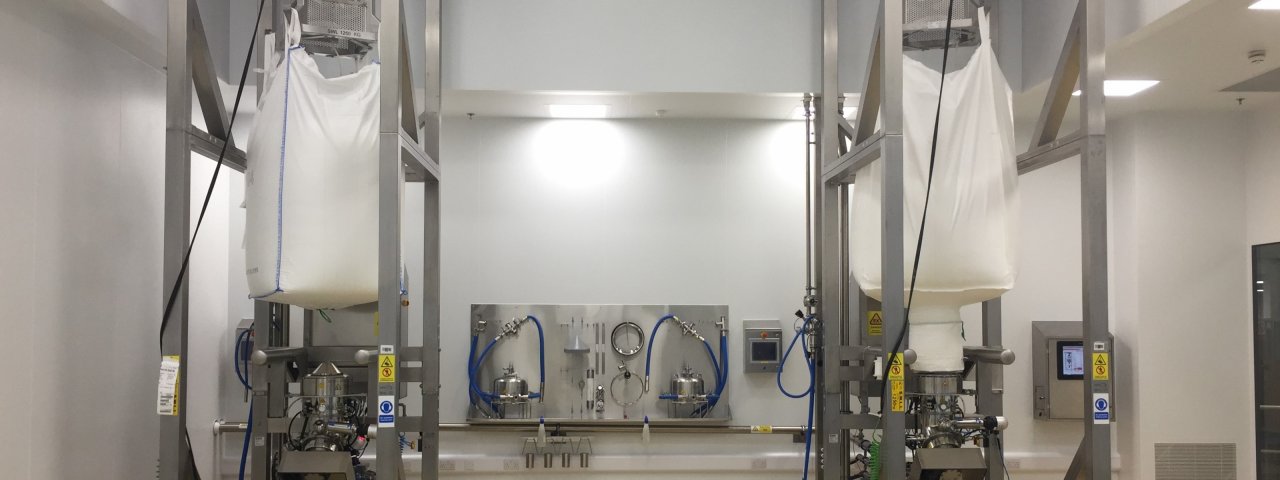
Lean Manufacturing
At Visval, we aim to support our customers during the design phase of their new project with “best in class” solution, utilization of the technology, optimization of processes. With the experience we are gaining with each project, across industries, there is always a way to perform better.
This is also applicable to existing installations where a change of technology, a simplification of process, a new ingredient to be incorporated can be a trigger for overall improvement of the production line.
OEE (Overall Equipment Effectiveness) is an indicator of the good utilization of an equipment, its lean operation or the low quantity of "muda" affecting its performance. It needs to be looked at with the other machines’ OEE and the entire line productivity. Looking in isolation could show that your equipment’s OEE is 95% which is great until you find out that this machine is the bottleneck of the production line and every process before and after is always waiting.
A wide spread of OEEs in a production line means that there is a high potential to improve productivity, this will be a debottlenecking project.
A narrow spread (high level) of OEEs proves high efficiency of a production line, it shall also warn that any required increase in productivity will be hard to gain from the production line and may need an additional production line to be envisioned.
“There is always space for improvement, no matter how long you've been in the business.” Oscar De La Hoya
What is lean manufacturing?
Lean manufacturing (also known as lean production, just-in-time manufacturing and just-in-time production, or JIT) is a production method aimed primarily at reducing times within the production system as well as response times from suppliers and to customers.
It is derived from Toyota's 1930 operating model "The Toyota Way". The term "Lean" was coined in 1988 byJohn Krafcik, and defined in 1996 by James Womack and Daniel Jones to consist of five key principles: "Precisely specify value by specific product, identify the value stream for each product, make value flow without interruptions, let customer pull value from the producer, and pursue perfection”.
In our world of powder handling, we are also using the word “lean” to focus on gaining efficiency, therefore productivity. In each and every project , we focus on minimizing the 7 deadly wastes (“muda”) which were highlighted in the Toyota Production System as:
- Overproduction
- Waiting
- Unnecessary transport or conveyance
- Overprocessing of incorrect processing
- Excess inventory
- Motion
- Defects
Not that they can be eliminated, but minimized in any way possible. It is therefore important to discuss with the process owner to understand how he envisions using the equipment we offer such that we can focus on maximizing output and equipment utilization. Once an installation is commissioned, continuous improvement or operation excellence will focus on reducing these even further.